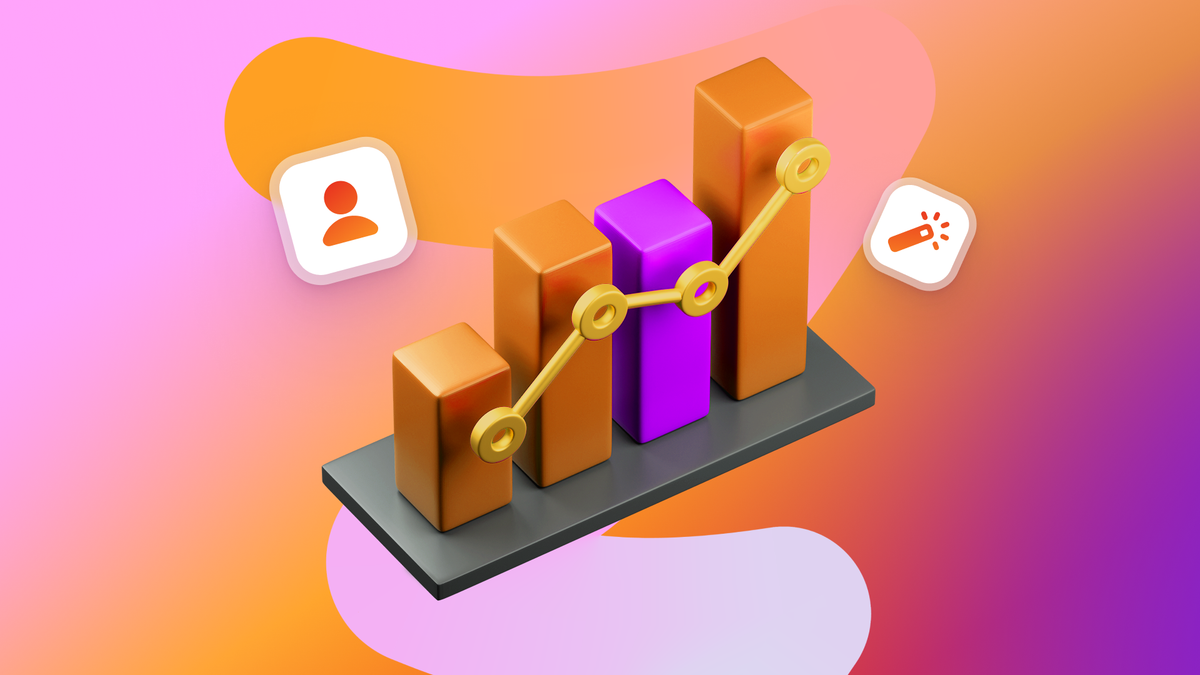Lifecycle Marketing Part Two: Build Campaigns That Work
Published on May 06, 2016/Last edited on May 06, 2016/6 min read


Team Braze
In the first post of this two-part series, we brought you a framework for mapping your company’s customer lifecycles and understanding the behavior patterns your users have. With those steps done and your customer journeys mapped out, you can see how and why your users move between active, loyal, lapsing, and inactive stages in their relationship with your brand.
The next step is putting that knowledge to use. That means building lifecycle marketing campaigns that make the most out of every user interaction and marketing message you send, at each stage of your customers’ lifecycles.
Step 1: Define your goals and their KPIs
Every marketing initiative should guide your users toward a specific goal or set of goals. Use the lifecycles you developed from part one of this series to postulate why your customers are falling into each lifecycle stage and what information or offers they might find compelling to get them to increase their engagement.
Getting each user to the next step in the customer lifecycle is the goal of each campaign. And these goals should have measurable KPIs so that you can review and optimize your campaigns over time.
Here are some possible lifecycle goals that companies in different industries might aim to achieve for groups of users at different stages of engagement, plus examples of their corresponding KPIs:
Industry ExampleInactiveLapsingActiveLoyalEcommerce
Customers who make the most purchases usually view 50 products for every one they buy, favorite a couple products, and are rewards program members. You postulate that encouraging more product views, favoriting, and rewards signups will cause more of your customers to become more loyal to your brand.
Goal: Get customers to log back into your app or onto your website to view a few products
KPI: # of in-app or website product views from inactive segment
Goal: Target the previously inactive segment members who have responded to your campaign and continue encouraging product views
KPI: # of in-app or website product views from target segment
Goal: Encourage active customers to favorite products
KPI: Conversion rate of target users who favorite products as a result of your campaign
Goal: Encourage sign-ups to rewards program
KPI: Conversion rate of targeted segment who join rewards program
Industry ExampleInactiveLapsingActiveLoyalMedia/Publishers
Customers who continue to renew their subscriptions usually visit the app or website weekly to read content and take advantage of partner benefits to view content from partner brands
Goal: Get inactive users to re-visit the website or open the app
KPI: # of target users who come back to your app or website
Goal: Increase the frequency of return app opens or website visits to weekly
KPI: % of users in lapsing segment who visit the site or use the app weekly
Goal: Encourage use of partner benefits
KPI: # of users who take advantage of partner benefits
Goal: Get users to reactivate their subscription
KPI: Re-subscription conversion rate
Industry ExampleInactiveLapsingActiveLoyalTravel
Customers who book multiple trips usually browse content for about four months before making a booking, favorite locations they’re interested in, review their trips, and use their rewards points
Goal: Encourage users to come back to browse travel-planning content on your site
KPI: return visits to your website and on-site engagement (time on site, # of pages visited or posts read, etc.)
Goal: Encourage users to revisit their own favorite locations with a promotional deal in those locations
KPI: Conversion rate of users who open messages, conversion rate of users who book the offered deals
Goal: Encourage users to post reviews
KPI: # of users who post reviews
Goal: Encourage users to redeem rewards points
KPI: # of users who book trips with their points
Industry ExampleInactiveLapsingActiveLoyalFinance
Customers who log the most app or website sessions and are most engaged are the ones who use the advanced features such as the budgeting tool and “pro advice” sessions. Plus, your ability to link accounts to user bank accounts provides customers with convenient alerts, which you want to encourage your users to take advantage of.
Goal: Get customers to log back into your app or onto your website to view their profile
KPI: # of app or website sessions from inactive segment
Goal: Encourage users to log back into your app to learn about your features
KPI: # of app sessions from inactive segment, clicks on in-app messages to learn more about features
Goal: Encourage users to redeem offer for complementary “pro advice” session with a financial services representative, leading to more future logins
KPI: Offer conversion rate and increased sessions from users in segment
Goal: Encourage users to link the app with their bank accounts
KPI: # of users who link the app with their accounts
By choosing metrics that pertain to each specific goal, you’ll be better able to optimize your campaigns to drive action.
Step 2: Deploy your lifecycle marketing campaigns
Now comes the fun part. Instead of delivering one-size-fits-all campaigns to your customers, you can build your marketing efforts to target smaller segments of customers, each with specific next steps in mind. It’s all about making sure that the right audiences are getting the right messages at the right points in their customer lifecycles.
Here’s an example of how this concept would look, in action. Let’s say that you’re running mobile marketing at a media company, and you’re looking to increase paid subscriptions among your users who are currently enjoying your free trial. You’ve noticed that your free trial users who read something every morning are more likely to buy a subscription at the end of their trial. Armed with the knowledge of this pattern, you can send push notifications or other messages each morning that encourage free trial users to check out your newest articles. You can personalize further with send-time optimization to be sure each user gets the notification when they’re most likely to engage with the message. You can also personalize the content of your notifications by segmenting by each user’s favorite topic and crafting different messages for readers who’ve shown interest in your lifestyle content versus your news content.
By monitoring the results of this campaign, you’ll be able to see whether encouraging daily morning reading leads to subscription conversions, and creates more loyal customers.
It’s better to get something started than to hold off for perfection
It can be easy to agonize over every decision and every step in this process, but of course that only means it’ll take you longer to get up and running. In our experience working with our clients, it’s better to get started, run some campaigns, run some tests, and look at those results. You can use multivariate testing to learn which types of messages (tone, length, format, send cadence) are resonating most, and adjust your campaigns from there.Remember it’s all about deepening your relationships with as many of your users as you can. This process will span a series of micro-interactions as you guide users through the “big picture” of your desired actions in a series of smaller steps.
Releated Content
View the Blog
Are you AI-savvy enough to survive? A wake-up call for CMOs

Team Braze

What are contextual bandits? The AI behind smarter, real-time personalization

Team Braze

What is a multi-armed bandit? Smarter experimentation for real-time marketing
